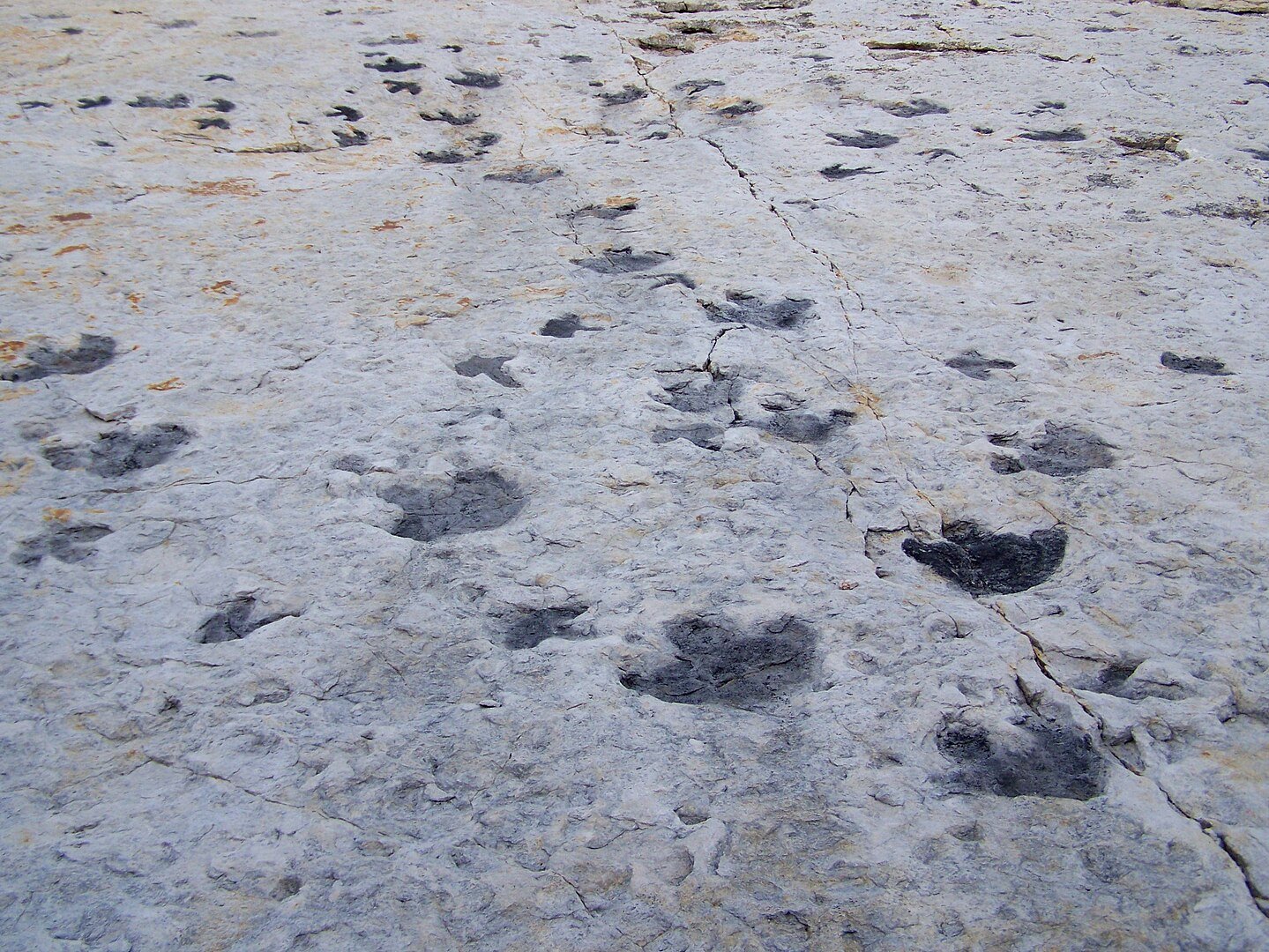

A newly uncovered collection of fossilized scrapes at Dinosaur Ridge, Colorado, is offering rare insight into how dinosaurs may have courted mates nearly 100 million years ago. Scientists have identified 35 shallow ground markings believed to be linked to mating displays. These patterns, known as Ostendichnus traces, suggest dinosaurs once gathered here to perform physical movements, similar to how some modern birds compete for female attention.
Researchers used drone imagery to study the formations spread across the area. Many of the marks appear in clusters, indicating repeated activity in the same spots. Some of the scrapes are consistent with the behavior of smaller meat-eating dinosaurs such as Magnoavipes, while others may be tied to larger predators like Acrocanthosaurus.
Dr. Caldwell Buntin, a lead researcher in the study, said the team compared the fossil evidence with living animals to understand what the scrapes represent.
“We interpret trace fossils and the behaviors they represent by observing similar behaviors in animals that produce the same—or similar—traces today,” Buntin explained. This method, known as actualistic research, helps scientists connect ancient traces with present-day behaviors.
Designated by the National Park Service as part of the Morrison-Golden Fossil Areas National Natural Landmark, Dinosaur Ridge is world famous. As is Thunder Valley Motocross Park. It’s not often MX and Dinosaurs have a special day but today it is #FossilFriday from Colorado
pic.twitter.com/AEF6AGPTM3
— Lenster (@lenster369) June 9, 2023
The findings suggest that Dinosaur Ridge once served as a large display arena, where dinosaurs gathered in groups during mating seasons.
In nature, this type of competitive behavior—called lekking—is commonly observed in birds today. Males assemble in shared spaces and perform eye-catching movements to draw the attention of females. The most vigorous displays often lead to mating.
“To go from two to potentially three lek traces to having more than 30 in this study could make our site the largest lekking arena in the world,” said Erin LaCount, Director of Education Programs at Dinosaur Ridge. This site shows that the behavior wasn’t limited or rare. It appears to have been a regular part of how these animals interacted.
The number and condition of the fossil marks strengthen the idea that these displays were not isolated events. Instead, they may have been a significant part of dinosaur social life, repeated year after year.
Adding to the discovery’s importance is its accessibility. The Dinosaur Ridge site is open to the public. Visitors can walk along an interpretive trail where many of the ancient scrape marks are still visible. While some parts remain protected to prevent damage, several traces can be seen up close.
The setting allows modern observers to imagine a prehistoric gathering: dinosaurs pacing, scraping, and performing as they vied for the chance to reproduce, leaving behind the physical records of their efforts in rock that would last for millions of years.
